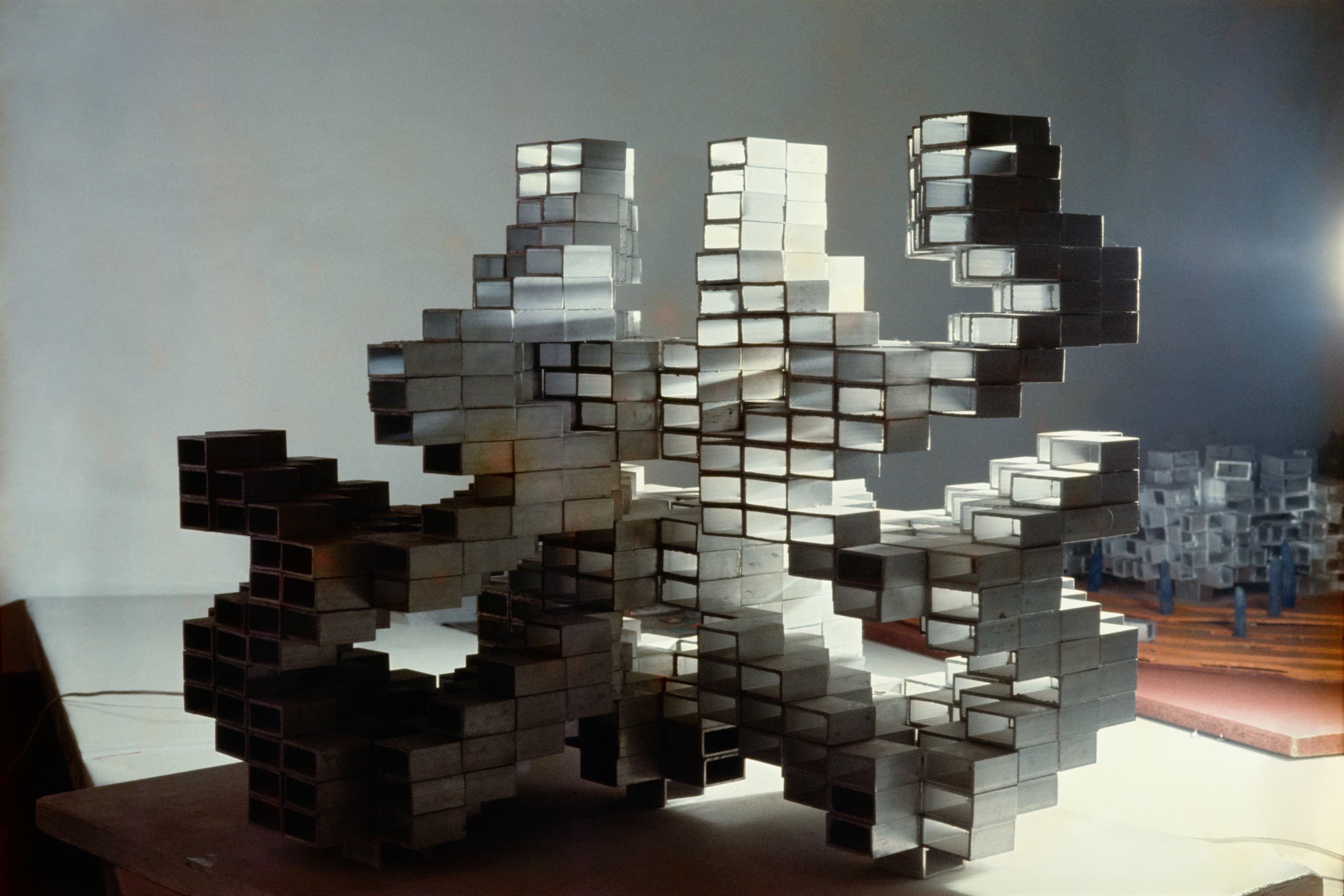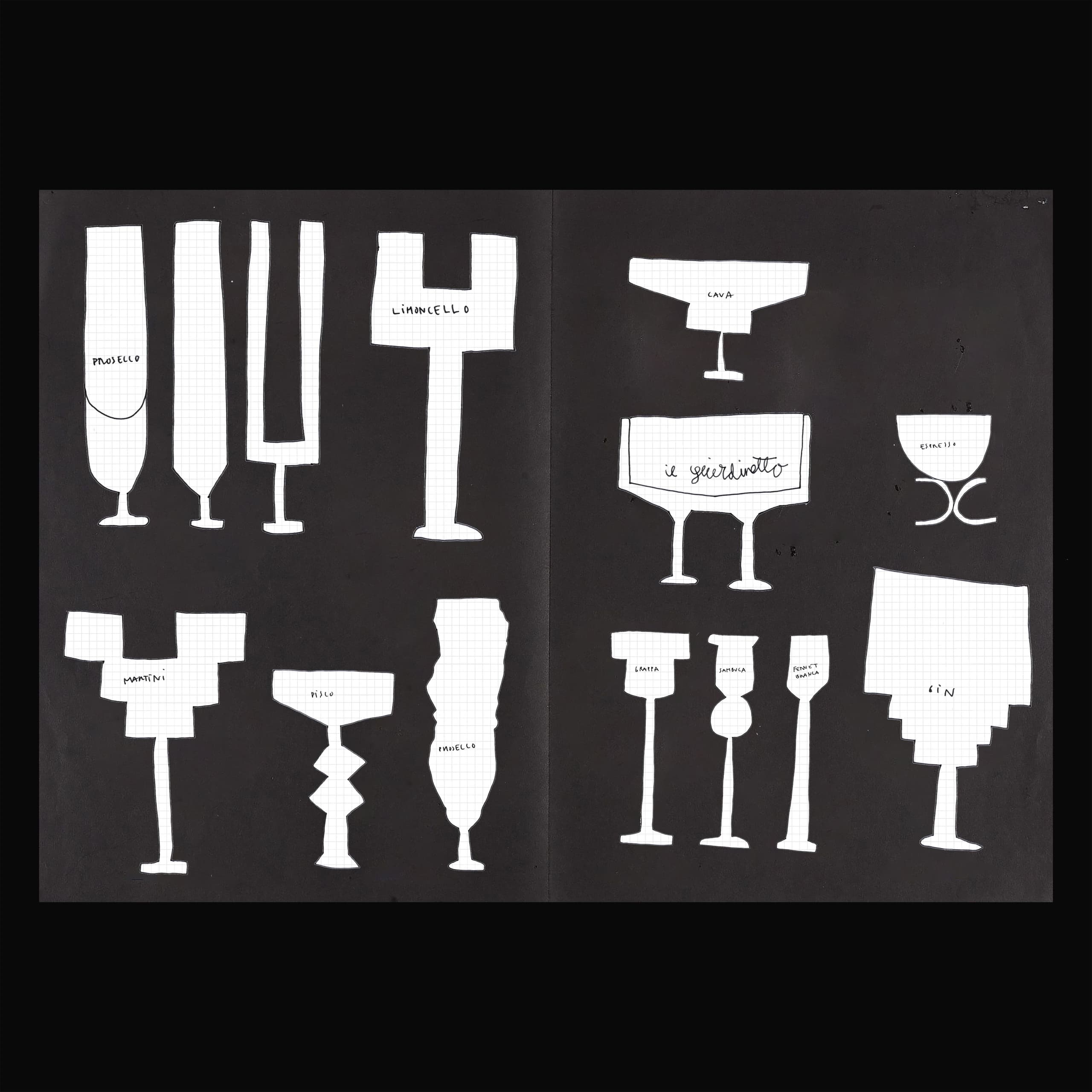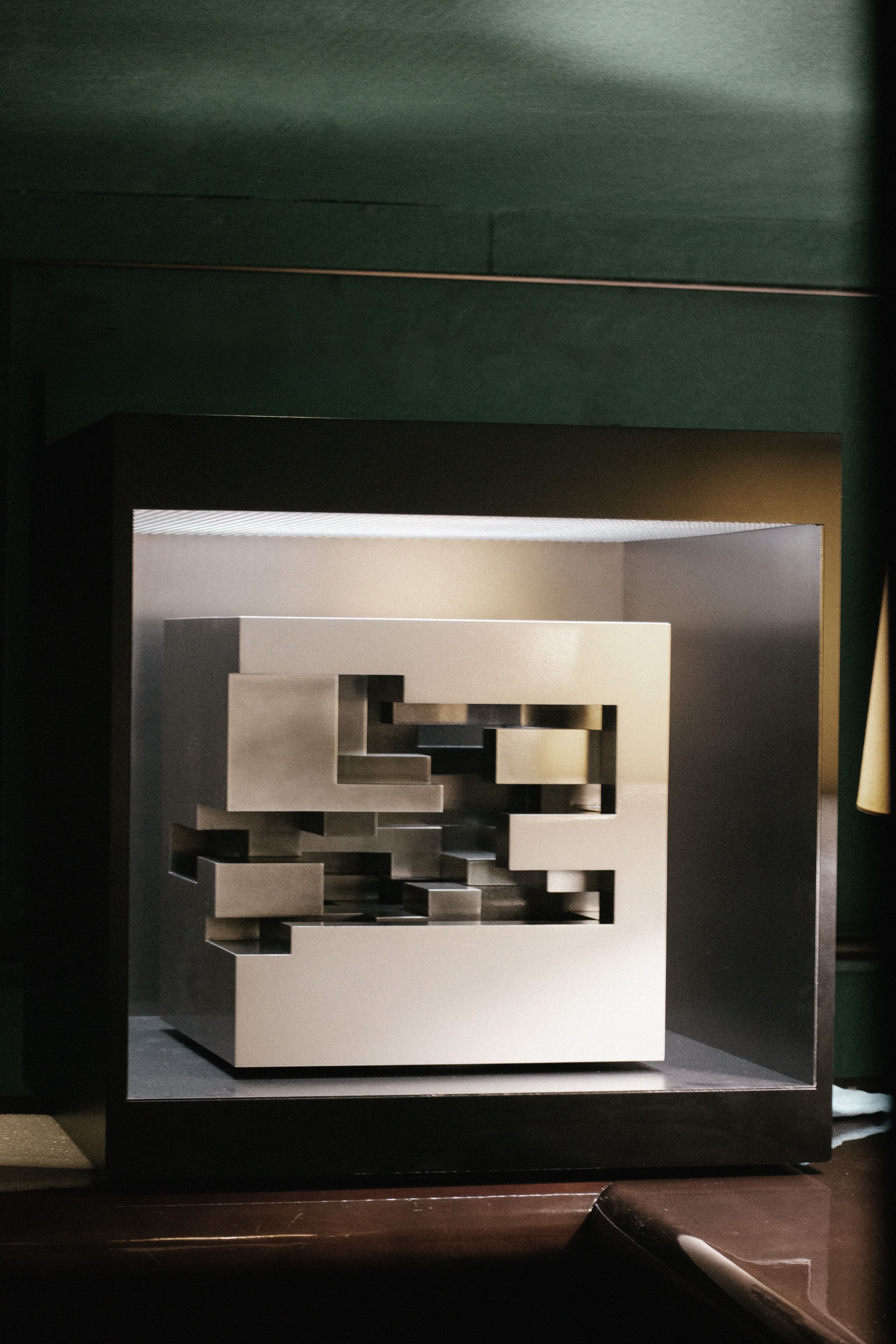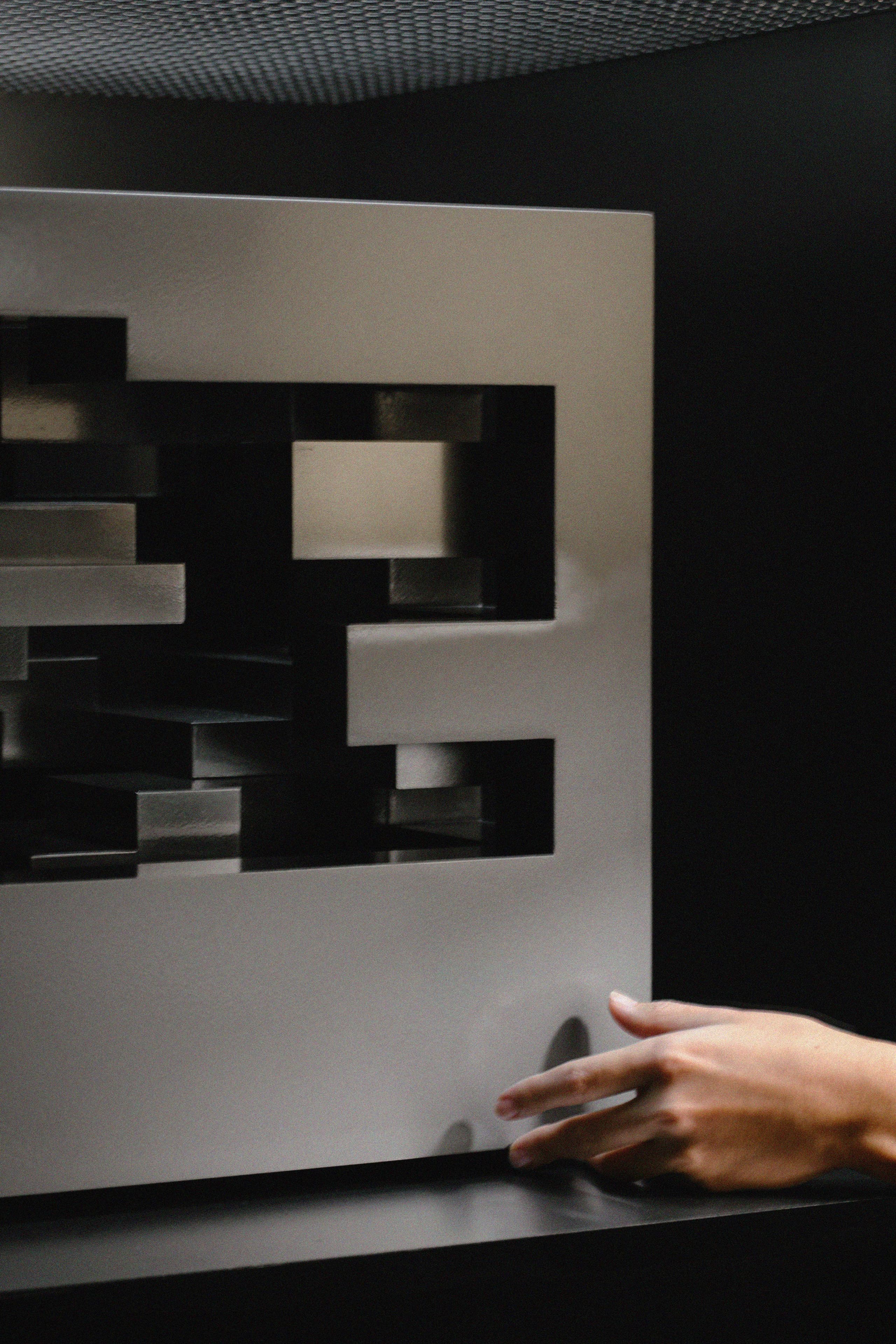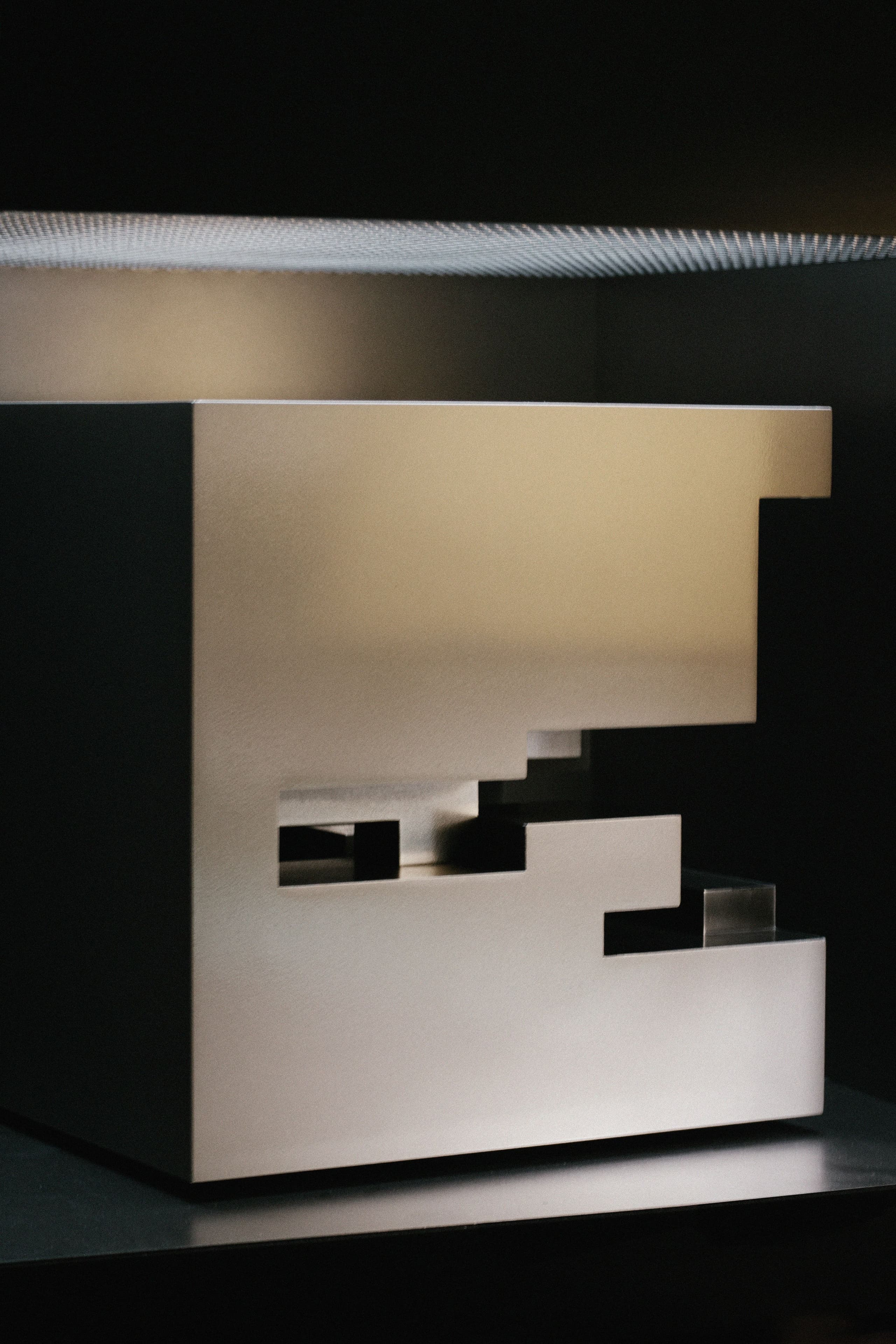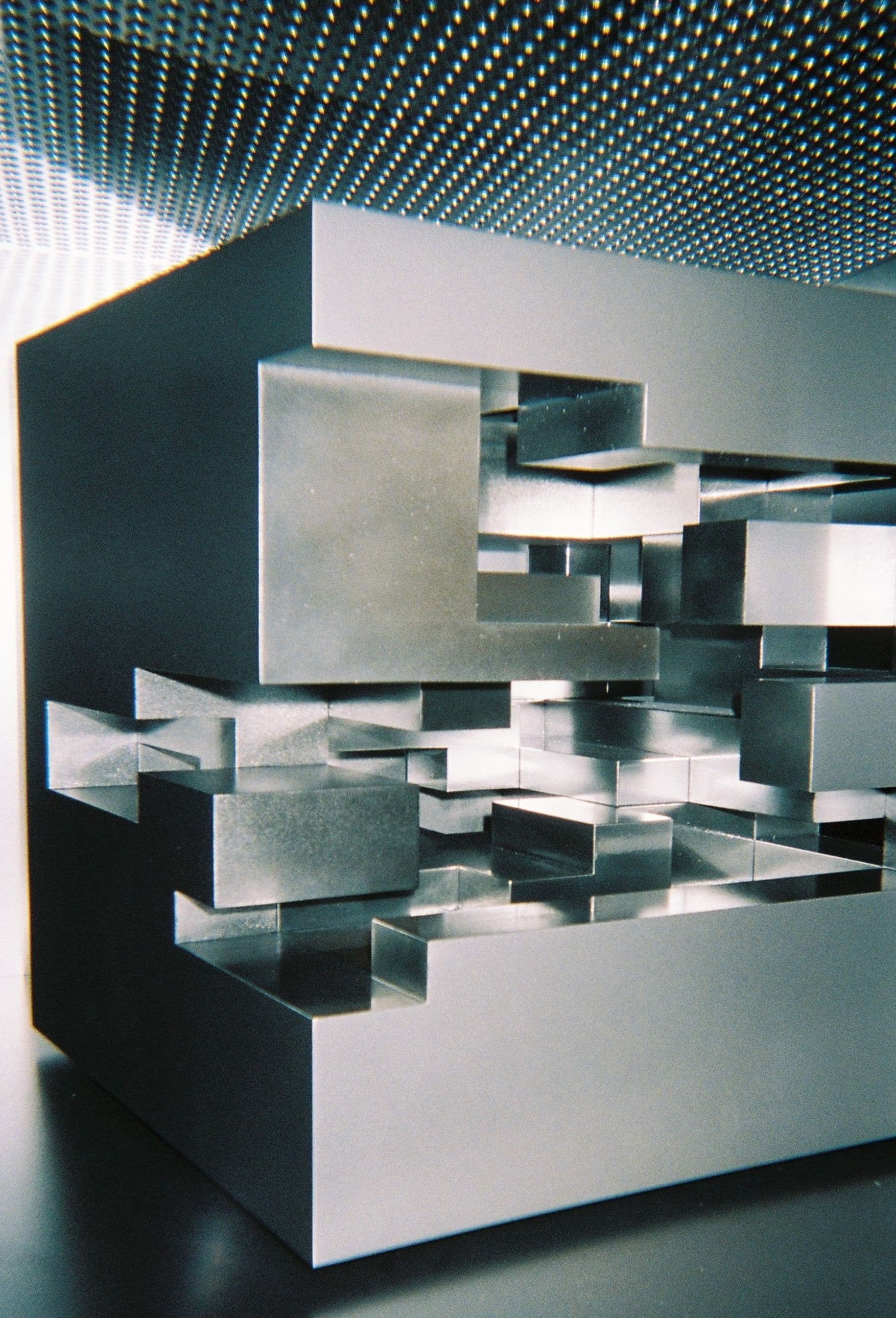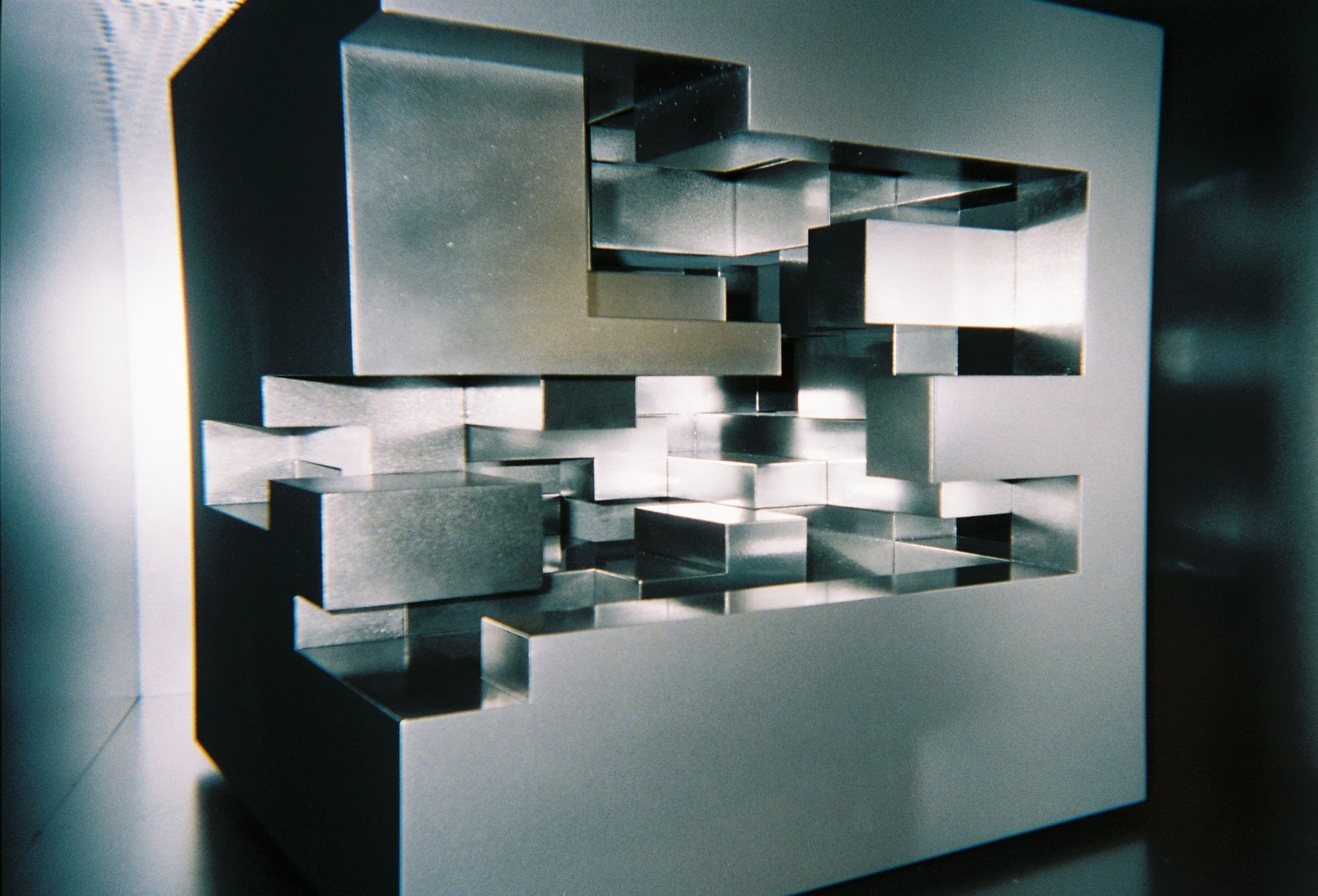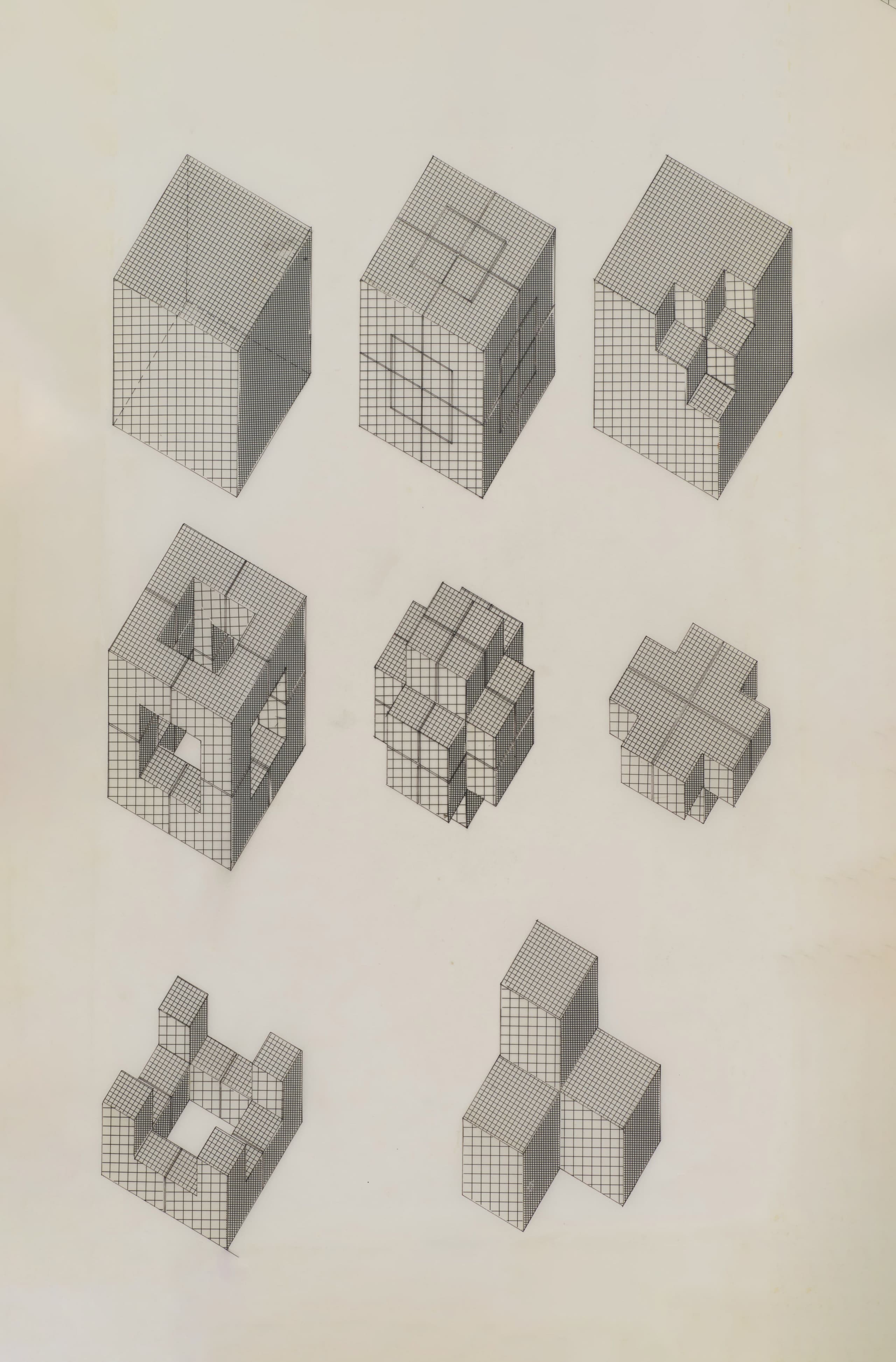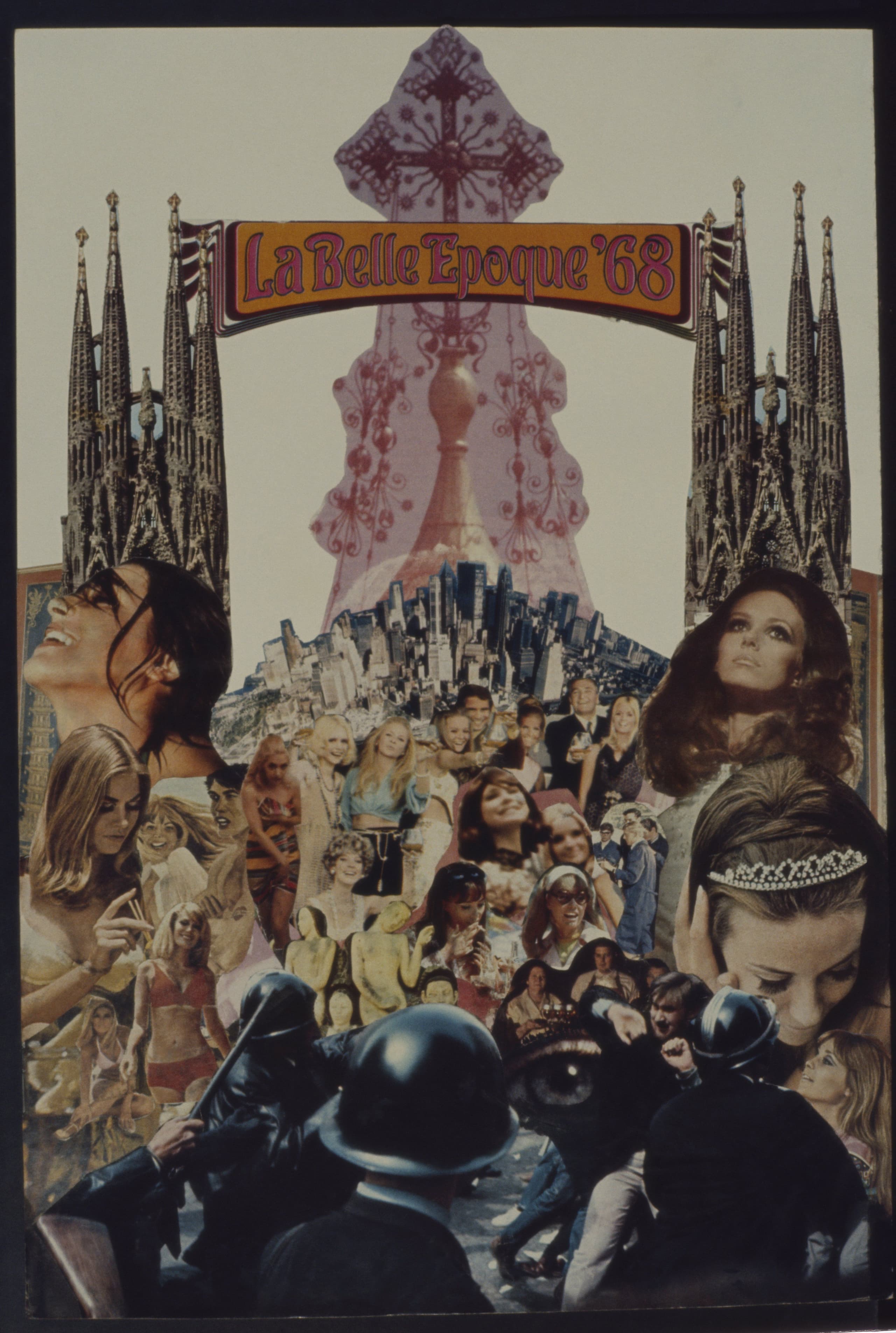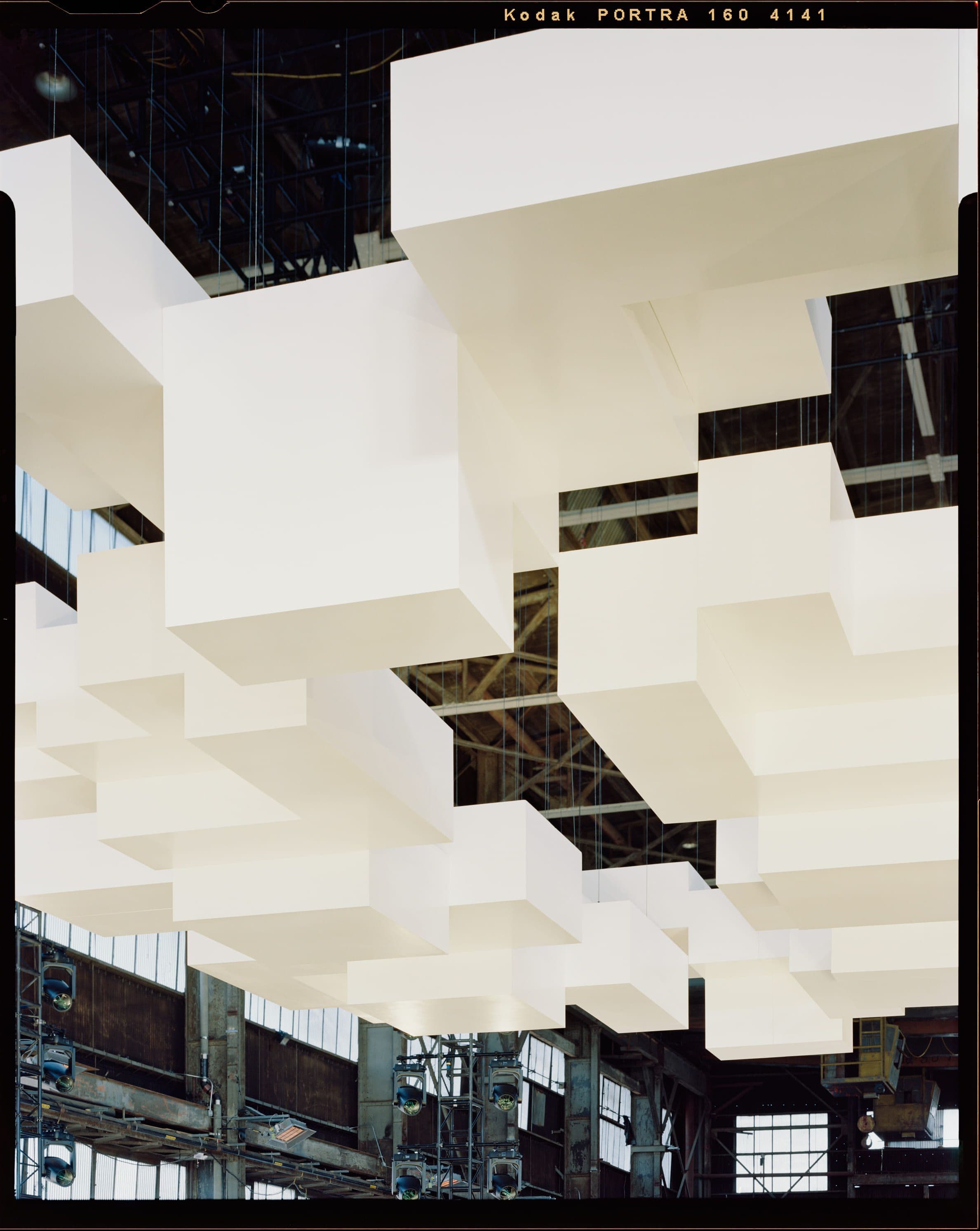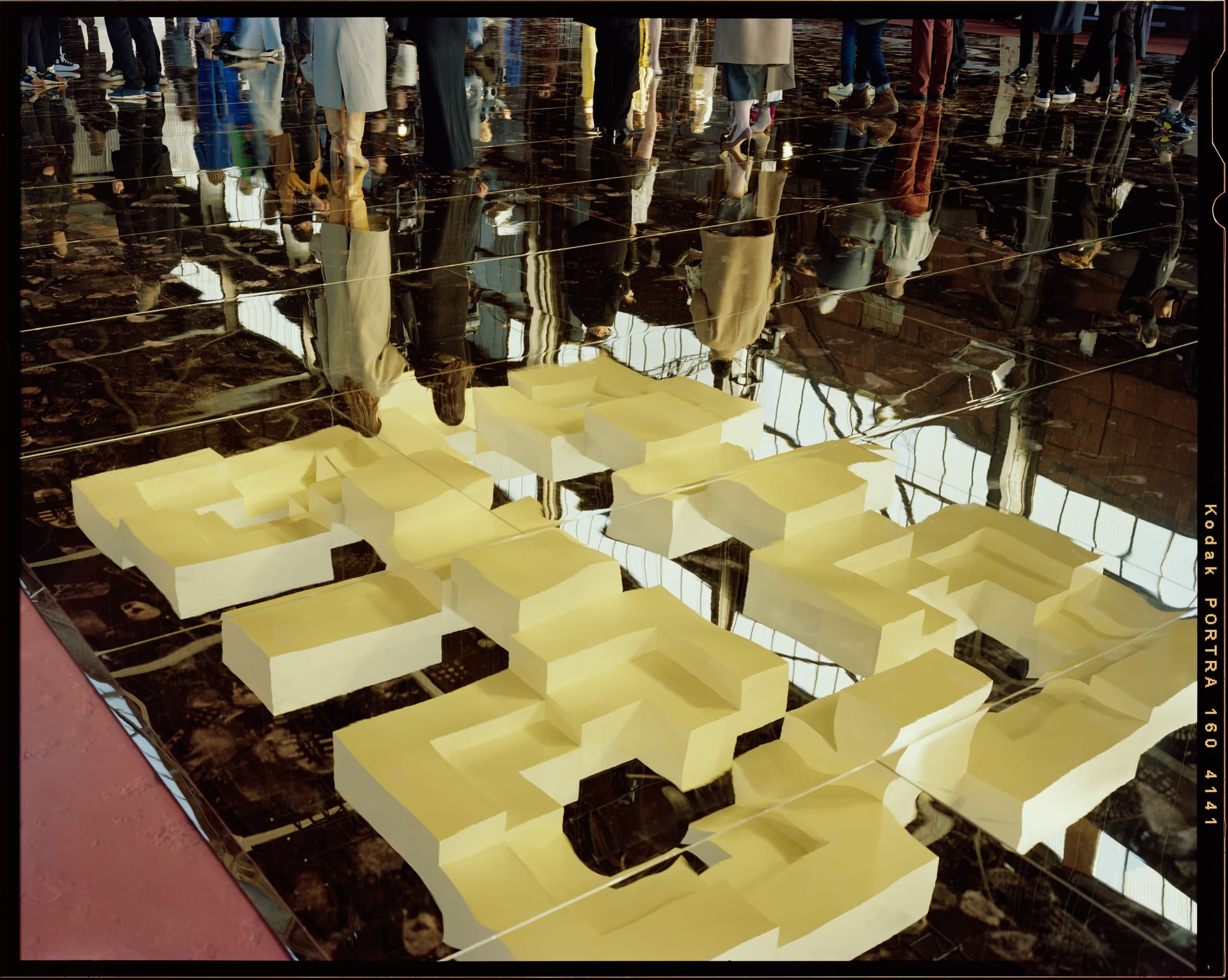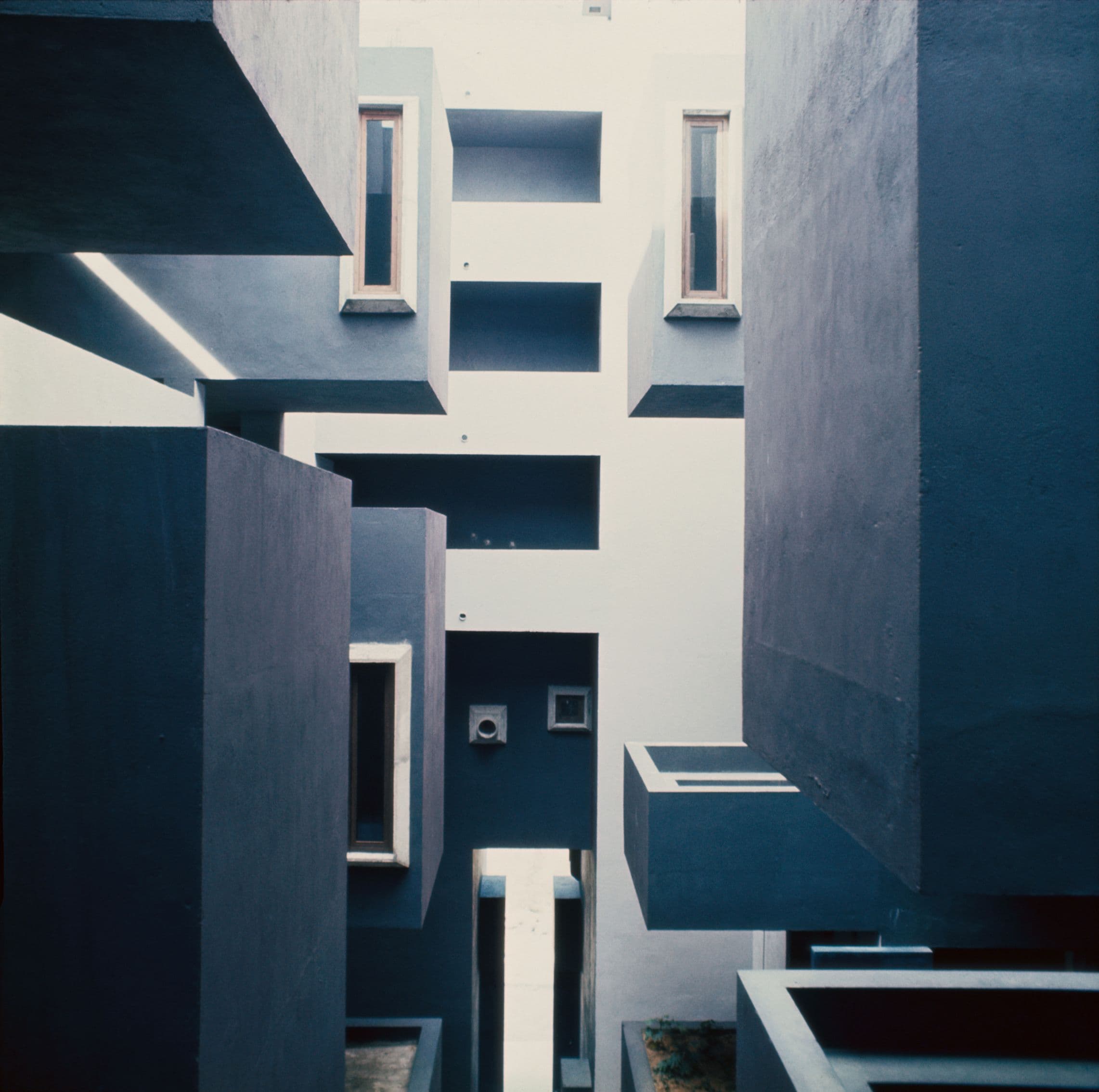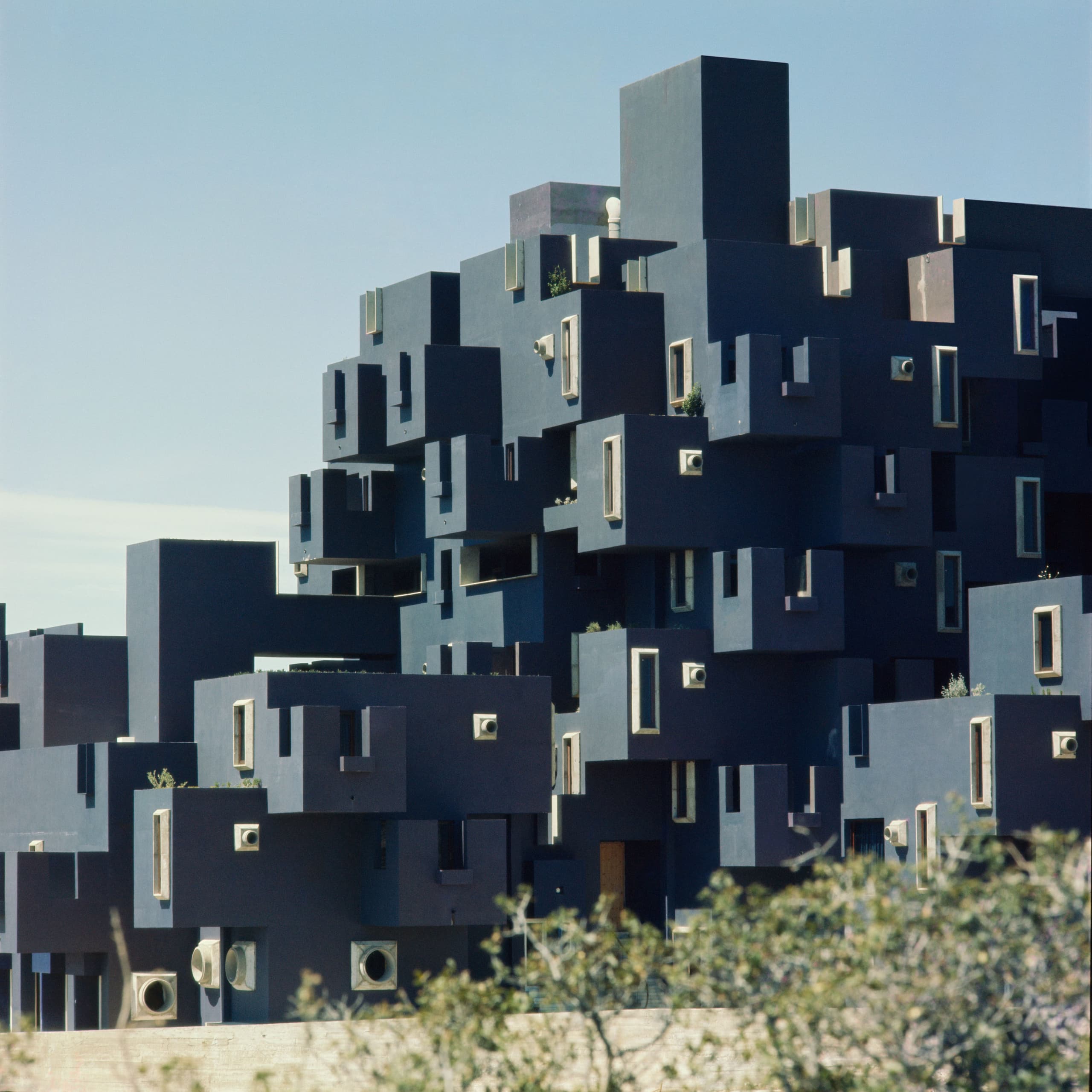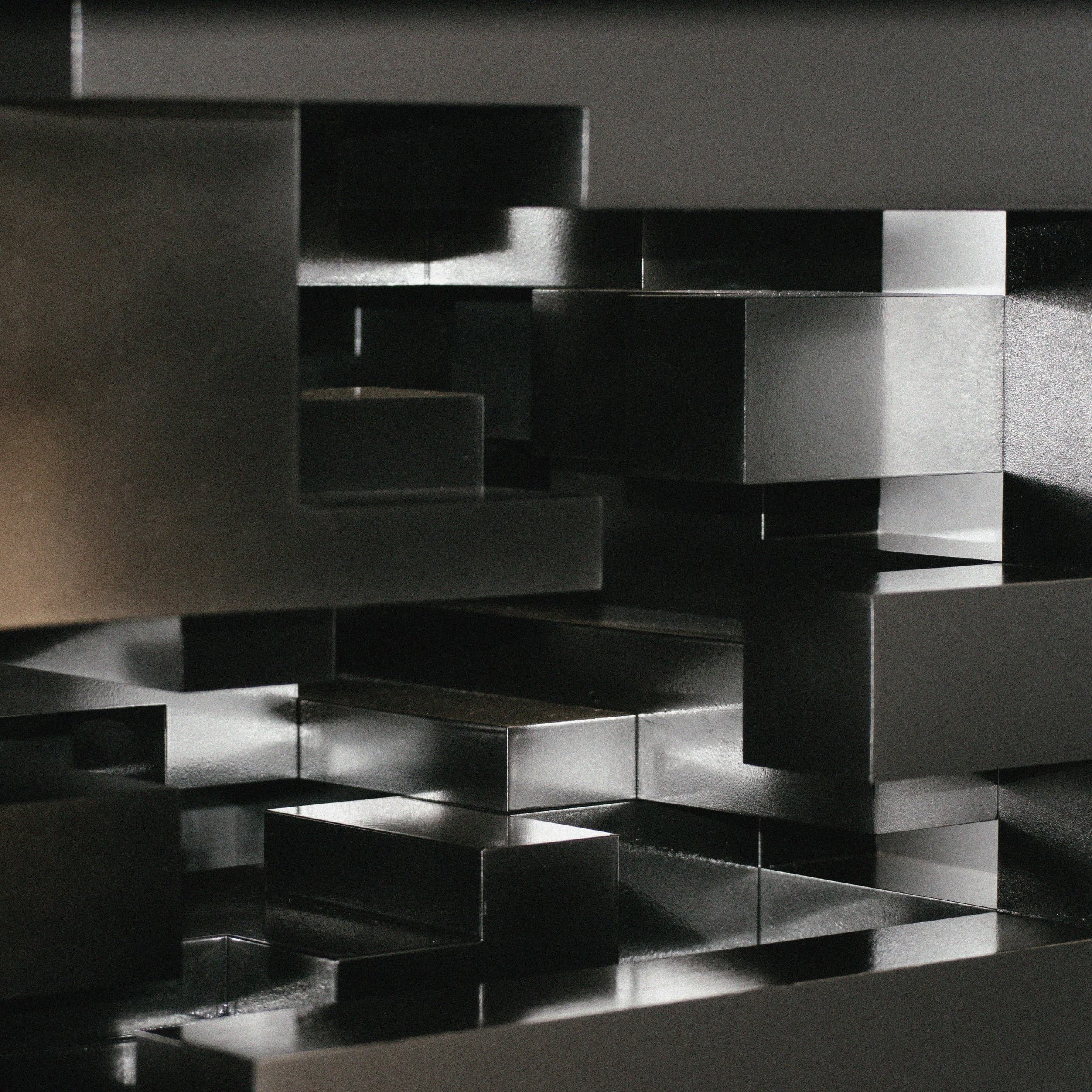
Il Giardinetto X El Taller:
50th Anniversary
La Ciudad en el Espacio
Il Giardinetto X El Taller
“In Barcelona, at that time, the Italian restaurants left much to be desired and, for me personally, didn’t bring any particular pleasure. Everything changed the day María Leví, Ricardo Bofill’s mother, invited me to eat at her house. Moved by enthusiasm, upon finishing a plate of fettuccini al doppio burro she’d cooked for me personally, I got up from my chair, onto one knee, and kissed her hands repeatedly. Two months later I offered to run a restaurant, and that’s how il Giardinetto was born.”

It was 1974 when photographer Leopoldo Pomés received the invitation to lunch. By then, his tortillería Flash-Flash had already established itself as a popular stop for the city's artistic milieu, its high-contrast, vinyl-clad interiors designed by the hot-ticket architects Alfonso Milá and Federico Correa. For his next venture – il Giardinetto – just across the road, Pomés commissioned the duo again, returning him a green indoor woodland, with thick carpeting that climbed the walls as tree trunks, leaves, and grass. The design earnt a FAD award upon completion (and another for its later renovation), while drawing attention for a menu developed closely with María Leví.
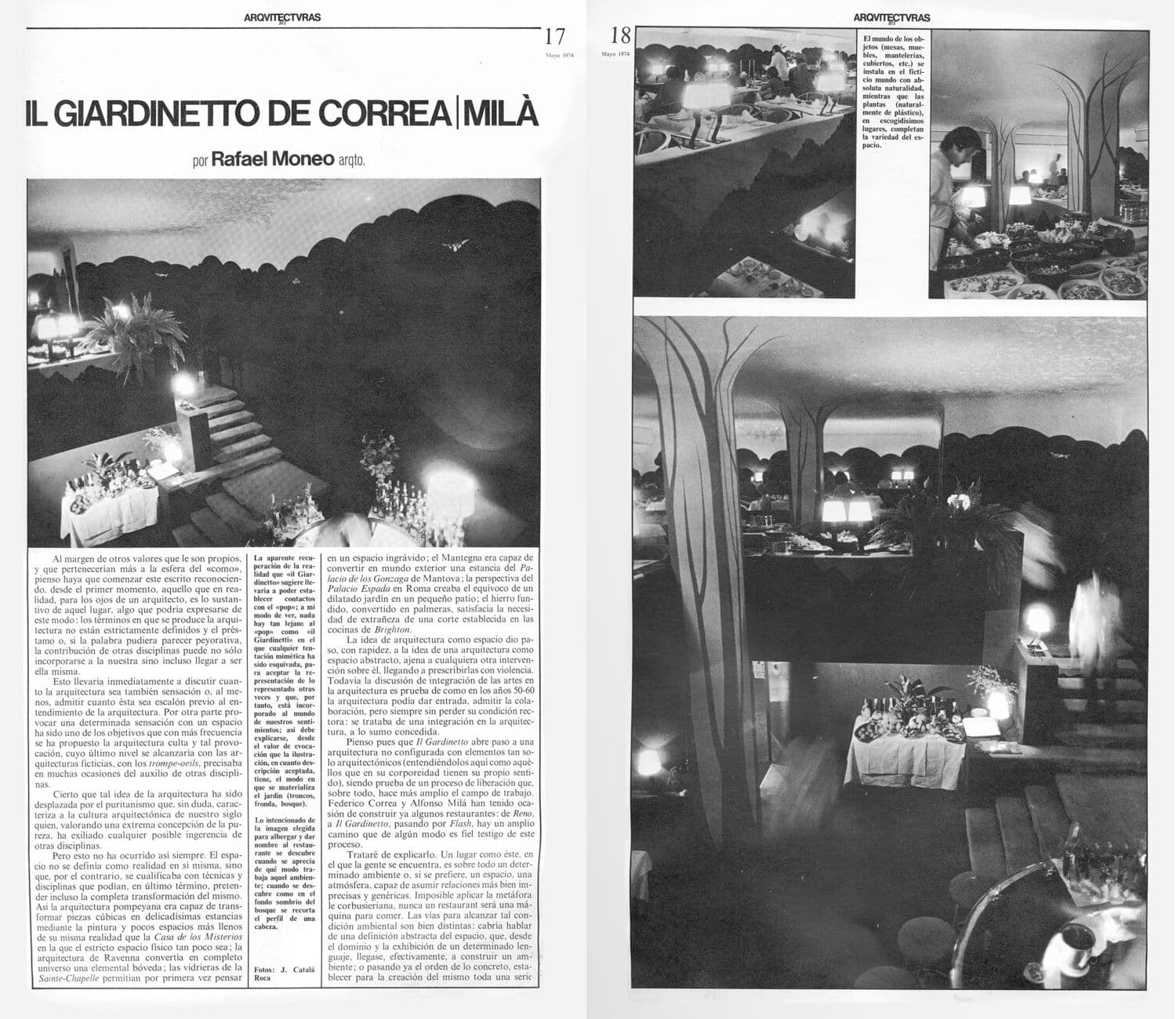
Fifty years have passed, and il Giardinetto remains a fixture in Barcelona’s design scene, regularly organising events that make creative use of its small, jeweller-like display window facing the street. To celebrate both its golden anniversary and its history with Bofill Taller de Arquitectura, the restaurant held an exhibition featuring La Ciudad en el Espacio (The City in Space), a concept for urban living developed by the Taller during the 1960s.
In its day, the concept was turned into both a manifesto (published in 1968) and a project in Madrid (opposed by Spain's right-wing government and never realised). Now, in a city increasingly beset by the demand for affordable, high-density housing, La Ciudad en el Espacio has found renewed relevance, imagining a cityscape that rises and spirals outwards, and offering up ideas about how we inhabit space and relate to one another.
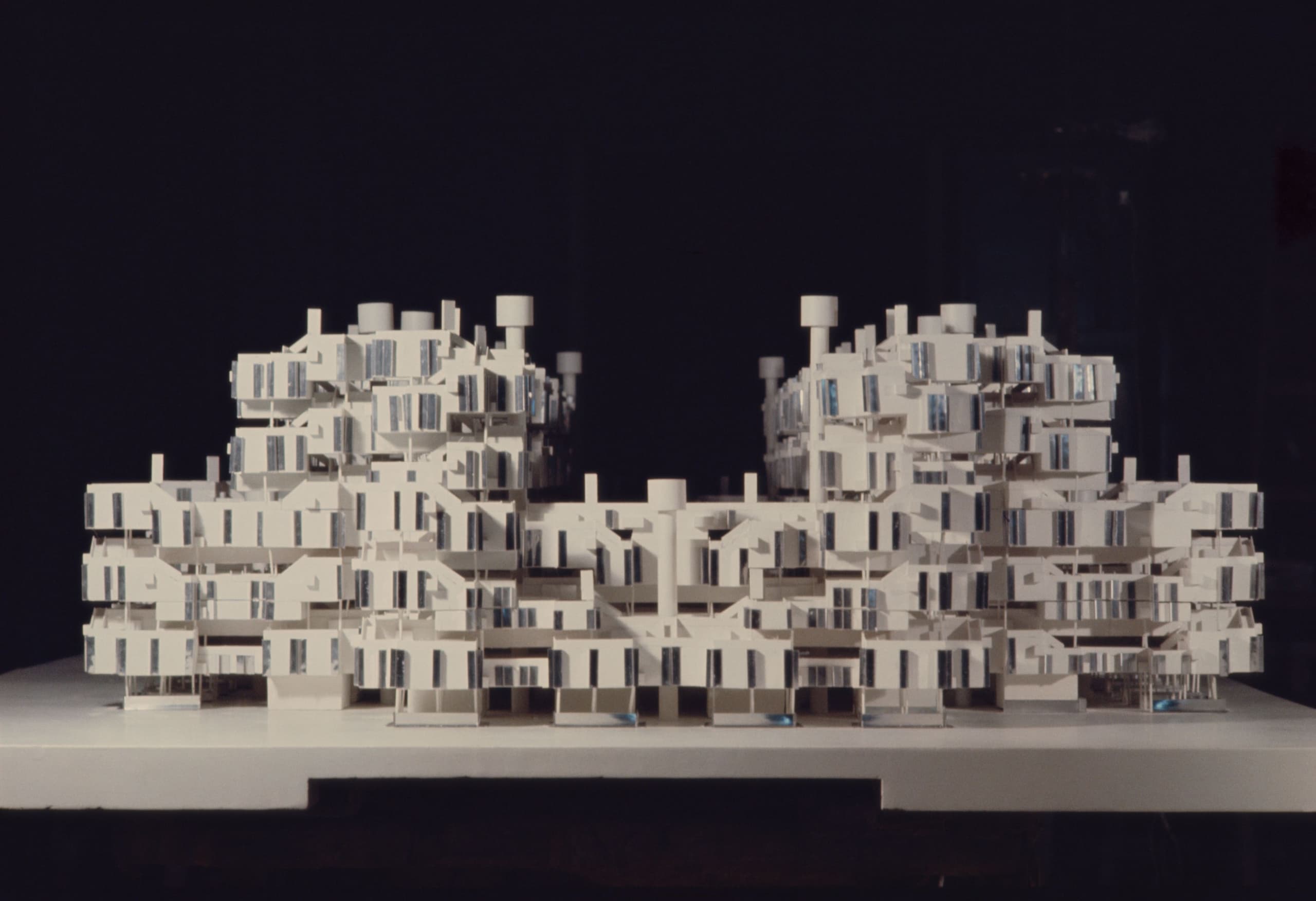
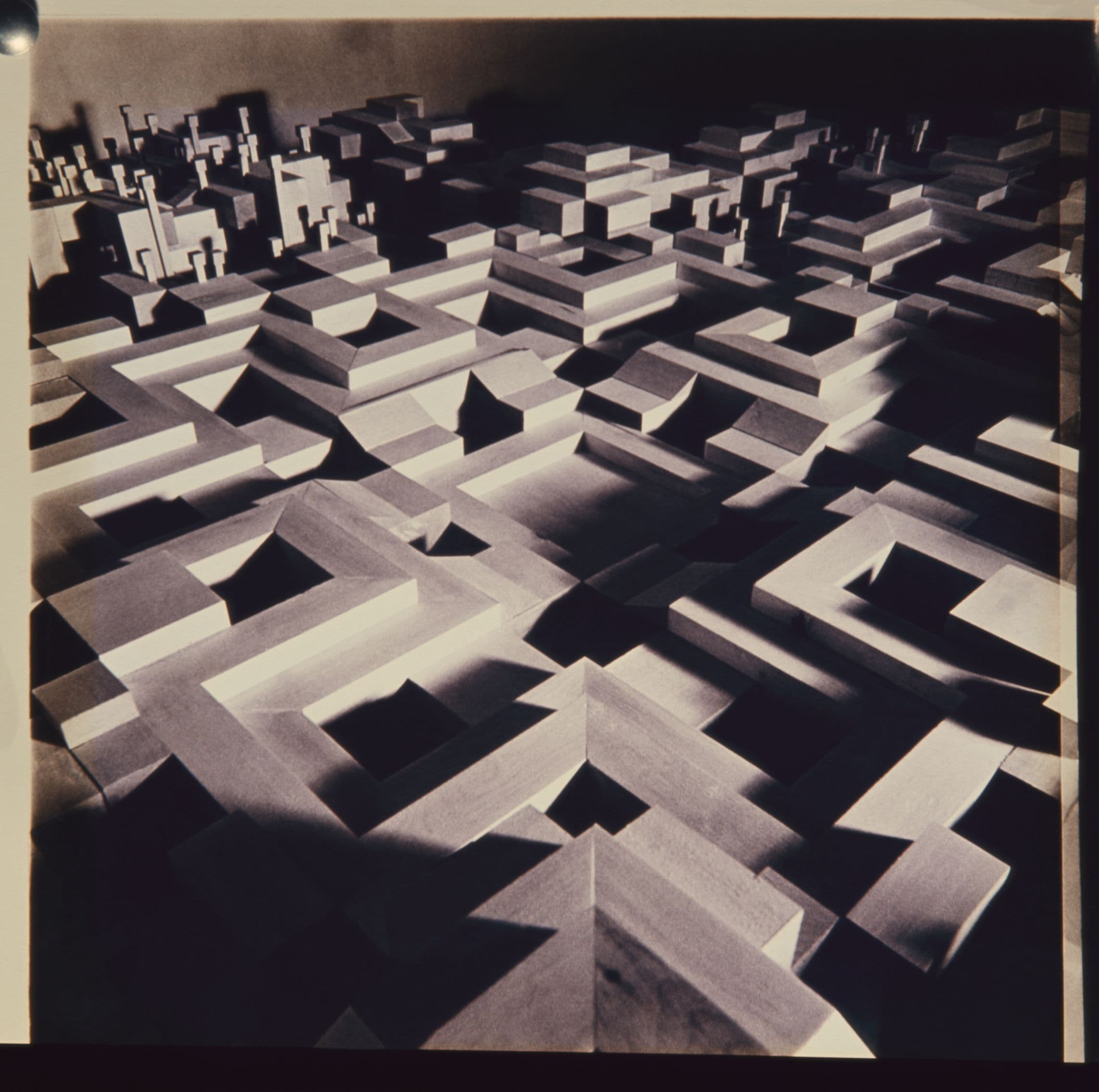
Numerous models of La Ciudad en el Espacio and its various prototypes (Walden 7, Kafka's Castle, Barrio Gaudí) have been made over the years – some thrown together quickly to work out ideas, others produced with more precision to present to clients. For the sketch models, short metal sections – the kind you can buy by the tonne at a hardware shop – were the favourite choice. These identical sections were imagined as apartment units: stacked, rotated, and balanced to create infinitely different living arrangements. Such was the popularity of this material in the workshop that, for the recent exhibition at il Giardinetto, a new (and elevated) metallic model of the housing concept was made, alongside designs for a series of cocktail glasses.
These glasses were largely based on the square module – a geometric element that also forms the foundation of La Ciudad en el Espacio. They feature motifs drawn from the Taller's furniture designs and, of course, are suited to a range of cocktail varieties.
